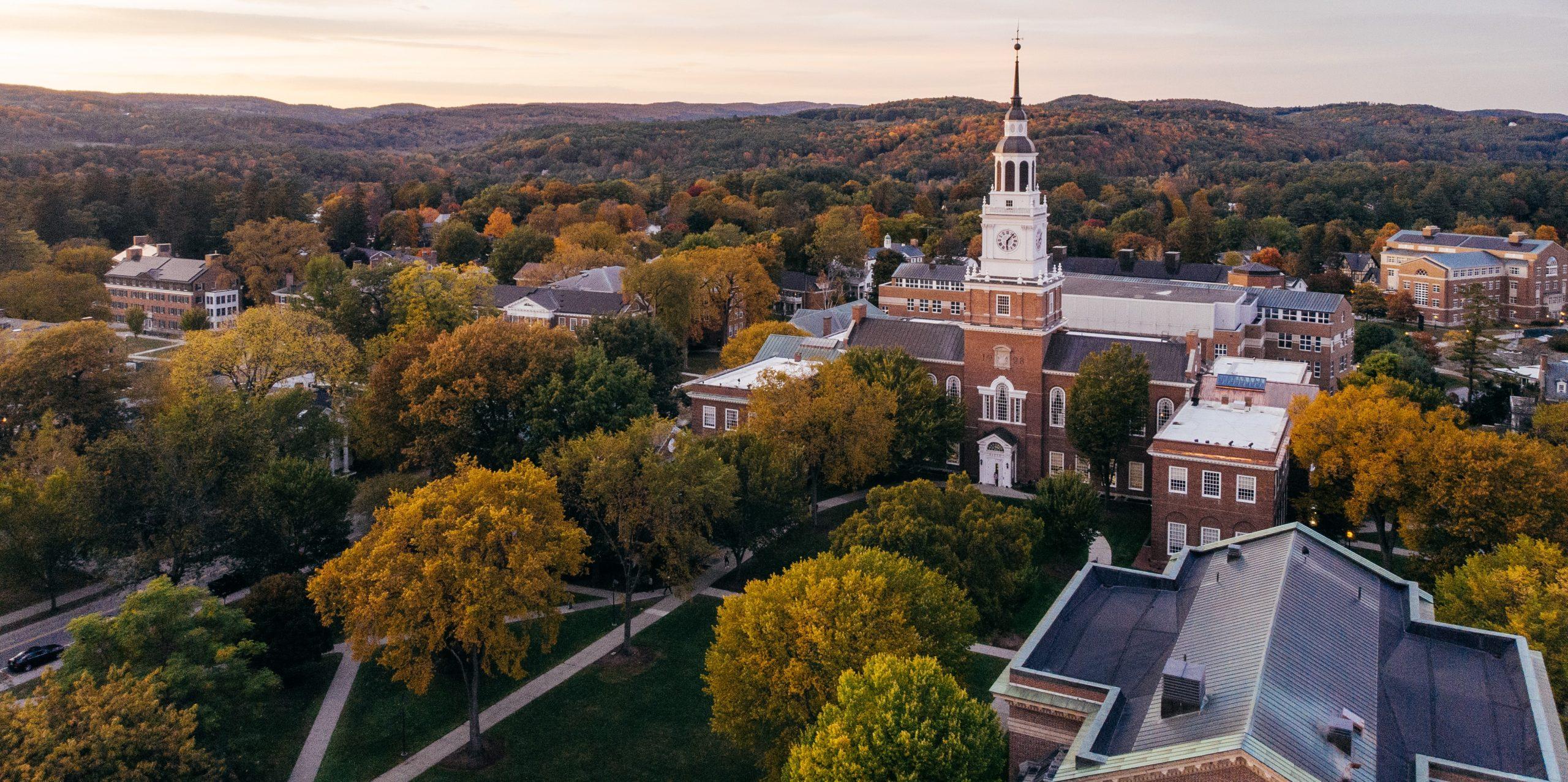A+A received a few images this morning of a striking, concrete-gabled residence in Sweden, designed by the local firm of Tham & Videgård. We tracked them down, scored a number of photographs and managed to ask partner Bolle Tham och Martin Videgård a few questions via email:
What kind of site is it?
The setting is the Stockholm archipelago, natural ground sloping gently down to the sea in the south, mostly open with a few trees and bushes. Unlike other projects we worked on located on more isolated islands in the archipelago without car access from the mainland, this site was relatively easy to reach also with heavy transports.
How did the site drive the design?
This, together with the client’s desire for a maintenance-free house inspired us to search for a way to design the house as an integral part of nature, where the material’s weight and color scale connects to the archipelago granite bedrock, rather than a light wooden cottage.
How large is the house? How many volumes? Why?
The two building volumes are placed side by side and form a line that clarifies their position in the landscape, just at the border where the forest opens up out onto the bay. When approached from the north, the entrance presents itself as an opening between the buildings giving direction towards the light and water. It is a first outdoor space protected from rain by a pitched canopy of glass.
The materials? Why?
Terrace, interior floors and facades are made of exposed natural colored in situ cast concrete with plywood formwork. The interior is painted white with woodworks in ash. A sauna, a detached block of in situ cast concrete with a wooden interior, offers a secluded place near the beach and pier.
How does the home relate inside to outside?
The exterior character of the house is derived from a number of transverse gable roofs, which connect to each other, and like boathouses in a line form a pleated long facade. This provides a sequence of varied room heights for the interior and create places in the otherwise completely open living room that stretches through the entire length of the main building.
With a relatively shallow room depth and a continuous sliding glass partition out to the terrace, the space can be described as a niche in relation to the archipelago landscape outside. The small rooms are located along the north façade with access through a wall of sliding doors. They are lit by openable skylights and form smaller pitchedceiling spaces within the main roof volume.
[slideshow id=995]
Images © Åke E:son lindman

